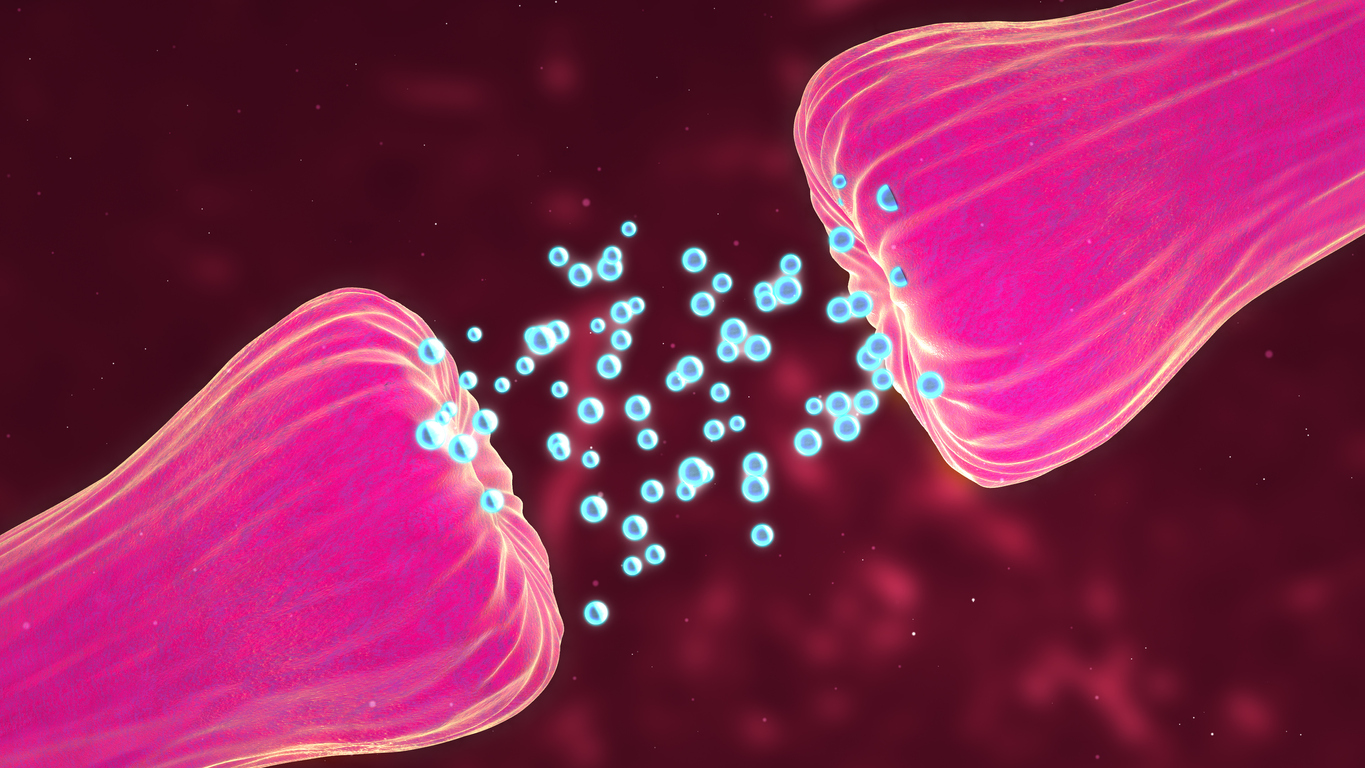The Leicester-based researchers predict that a lifetime of brisk walking could result in the equivalent of 16 years of biological age reduction by the time the participants reach midlife, using leucocyte telomere length (LTL) as a marker of biological age.
The Leicester Biomedical Research Centre at the University of Leicester examined genetic data from 405,981 middle-aged UK Biobank individuals and discovered that a quicker walking pace was associated with longer telomeres in all people, regardless of physical activity level.
Telomeres are the ‘caps’ that protect the DNA at the ends of each chromosome from harm in the same manner that a shoelace cap prevents it from unravelling.
These telomeres decrease with each cell division, eventually reaching a point where the cell can no longer divide, a state called “replicative senescence.” LTL is thus regarded by specialists as a reliable indicator of an individual’s biological age, regardless of the individual’s actual birth date.
Although it is unclear how the accumulation of these senescent cells contributes to a range of symptoms associated with ageing, such as frailty and age-related disorders, the accumulation of these senescent cells is thought to have a role in these symptoms.
Walking has long been known to have significant physical, emotional, social, and health benefits for people who engage in it. This is the first study of its sort to match genetic data to self-reported walking speeds and real-time movement intensity measurements from participants’ wearable activity tracking devices.
Dr. Paddy Dempsey is a Lecturer and Research Fellow at the University of Leicester, as well as the lead author of the paper that appeared in the journal Communications Biology. According to Dempsey, future research on the links between walking speed, physical activity, and telomere length has been limited due to a paucity of high-quality data and inconsistent findings in prior studies.
The current study.
Using genetic data, the goal of this current study was to see if there is a causal association between a quicker walking rate and a longer telomere length.
Data from wrist-worn activity trackers used to assess habitual physical activity demonstrated a stronger link between habitual activity intensity (e.g., faster walking) and telomere length than previously anticipated.
He believes this allows for individuals at an increased risk of chronic disease or premature ageing to be detected using measurements like a habitually slower walking speed. This indicates that exercise intensity may be important in determining treatment outcomes.
People who are physically capable of doing so, for example, could strive to increase the number of steps they take in a certain amount of time as well as their overall walking distance (e.g. by walking faster to the bus stop).
The researchers had previously discovered that as little as 10 minutes of brisk walking per day can lead to a 20-year increase in life expectancy when compared to sluggish walkers.
Professor of Physical Activity, Sedentary Behaviour, and Health at the University of Leicester and the National Institute for Health Research Leicester Biomedical Research Centre, Tom Yates, a senior author, added:
“Whilst we have previously shown that walking pace is a very strong predictor of health status, we have not been able to confirm that adopting a brisk walking pace actually causes better health. In this study we used information contained in people’s genetic profile to show that a faster walking pace is indeed likely to lead to a younger biological age as measured by telomeres.”
Story Source: Original story by University of Leicester. Note: Content may be edited for style and length by Scible News.
References
Dempsey, P.C., Musicha, C., Rowlands, A.V. et al. Investigation of a UK biobank cohort reveals causal associations of self-reported walking pace with telomere length. Commun Biol 5, 381 (2022). https://doi.org/10.1038/s42003-022-03323-x






